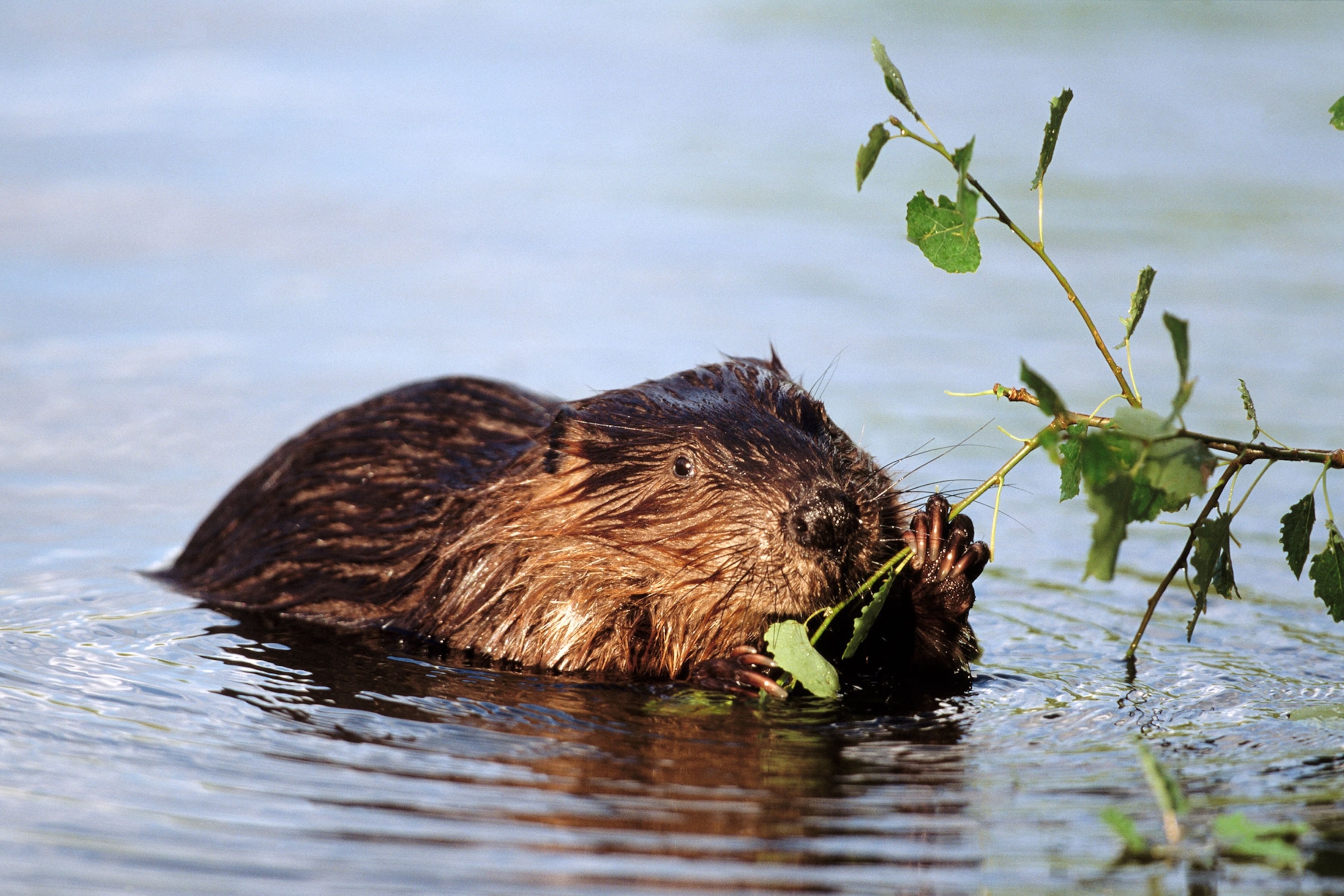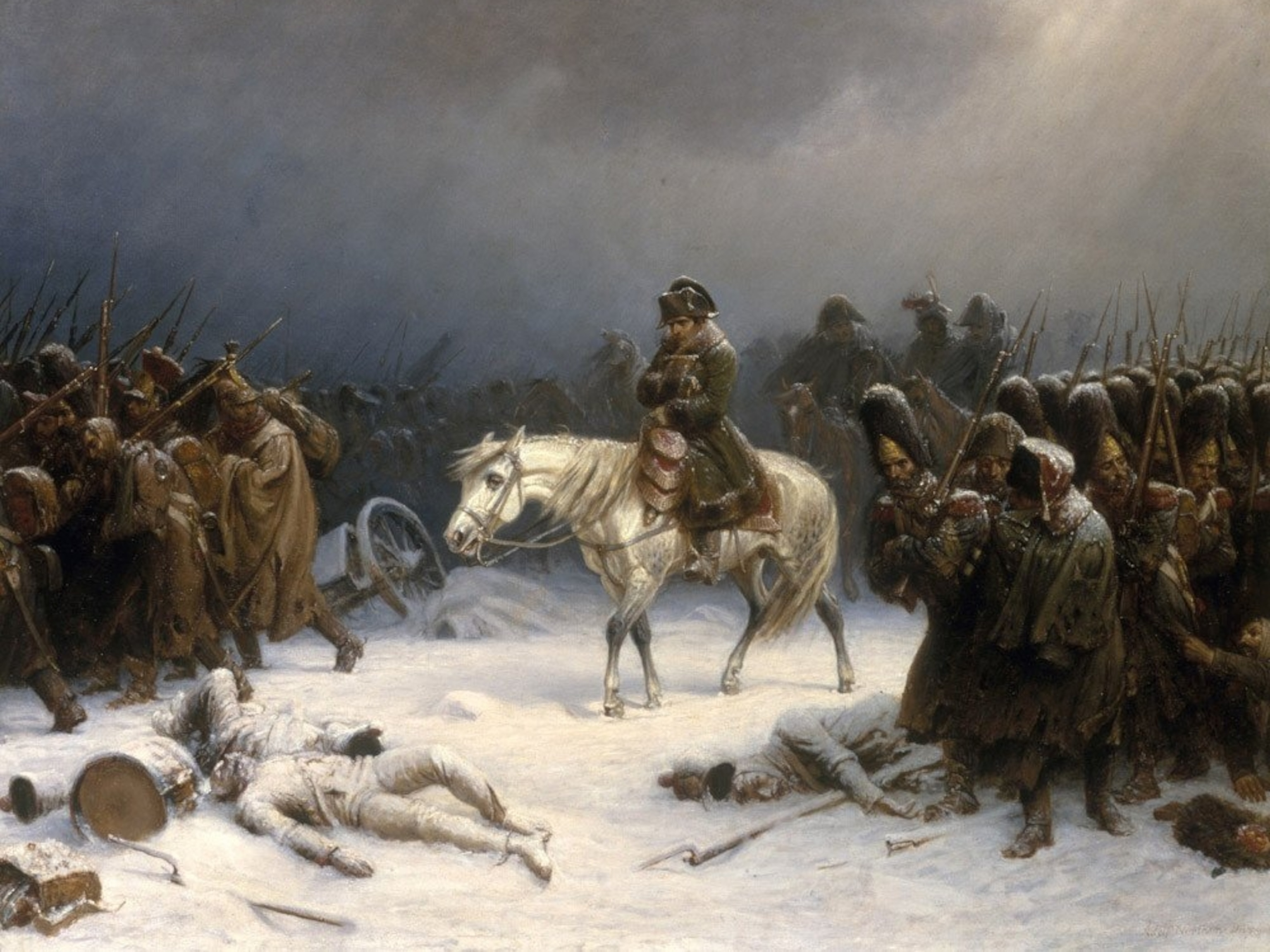
Beavers Have Vanilla-Scented Butts and More Odd Facts
These famously busy rodents also aren't always monogamous.
When Calgary food writer Julie van Rosendaal was asked to change the trademarked name Beavertails for her version of that Canadian pastry, she called them “Canadian semiaquatic rodent posterior doughnuts.”
Dam, girl!
The story made us curious about beavers, so hunker down in your lodge and enjoy some facts about these emblematic animals.
(Beavers Are Mysteriously Back in Britain—but Not Entirely Welcome)
Adaptable Engineers
The North American beaver lives throughout most of Canada and the U.S., as well as parts of Mexico. The only other species, the Eurasian beaver, is native to nine countries, from France to China.
“Beavers can change the landscape like almost no species other than humans,” says Glynnis Hood, wildlife ecologist at the University of Alberta’s Augustana Campus and author of The Beaver Manifesto.
The famously busy mammals build elaborate homes, which are called lodges when they are in open water and very visible, says Jimmy Taylor, research wildlife biologist with USDA's National Wildlife Research Center and Oregon State University.
They'll also literally dam rivers. The largest beaver dam ever found was a half-mile long in Alberta's Wood Buffalo Park—quite a feat for 60-pound animals. Hood and colleagues have also found that open water increases ninefold in areas where beavers were present.
Beaver activity can be good for the environment—increasing open water can lessen drought and also widen wetlands—in some cases by nearly 600 percent.
Human Conflict
Such industry also means beavers too often butt heads with humans. For example, their tendency to plug up human-made culverts can create flooding and other problems in some communities.
The beavers think, “humans are just dumb and they forgot to finish their dam,” Hood says.
In Stockholm, Sweden, the rebounding rodents have done extensive damage to the city's trees, which also creates safety concerns for pedestrians. (Also read "Beavers Are Mysteriously Back in Britain—but Not Entirely Welcome.")
Beaver Myth Busted
It may be surprising to some, but “not all beavers build dams,” says Taylor.

Beavers can live wherever there is persistent water, but sometimes their native river is too big to dam.
But they're fine as long as they have an area to build their lodge, like a riverbank, food, access to mates, and water that allows them to escape from predators—the reason they build dams in the first place.
Getting Busy
These family-loving animals were thought to be monogamous, but a 2009 genetic study of two populations in Illinois suggests the species “may be opportunistically promiscuous.”
“The pair bond is still there, but that male is sharing his genes with other females as well,” Taylor says, so they’re “socially monogamous but sexually polygamous.”
Sounds like something you’d hear in “divorce court,” he quips.
Family bonds are strong, though, and male and female beavers will fight unrelated beavers to the death over territory.
Tough Teeth
From tooth to tail, beaver anatomy is specialized for their lifestyle.
For instance, their tree-razing teeth have a slight backward curvature that makes their work easier. Not only that, their chompers never stop growing.
If they weren’t continually wearing their teeth down, the constant growth would prevent them from feeding, “and could eventually kill them,” Taylor says.
A recent study showed that trace minerals give beaver teeth their strength, and iron provides that rusty color.
Multi-tasking Tails
Beavers’ leathery tails have many functions: A brace as they’re sawing down trees; communication tools to ward off predators; and as energy storage units, increasing their fat supply up to 60 percent in cold weather, Hood says.
Their tails don’t need maintenance, but their fur is another story.
In doing so, the mammals keep air spaces in their warm undercoat and distribute their outer fur with castoreum oil, which they produce to scent mark and waterproof themselves.
“They have a special grooming paw on their hind foot, like a little split toenail,” Hood says, and they “spend almost 20 percent of their time grooming" themselves and each other.
This behavior helps keep air spaces in their warm undercoat and works in oil from their anal glands to waterproof their outer fur.
The mammals also produce an oil called castoreum, which they mix with urine to use as a scent marker, Taylor says.
Due to beavers' diet of leaves and bark, castoreum—to some people—smells like vanilla, and it's an ingredient in vanilla flavoring for some food products. (Related: "Beaver Butts Emit Goo Used for Vanilla Flavoring.")
So maybe those tails really are a bit like donuts. Bon appetit!
Have a question about the weird and wild world? Tweet me or find me on Facebook. Weird Animal Question of the Week answers your questions every Saturday.





